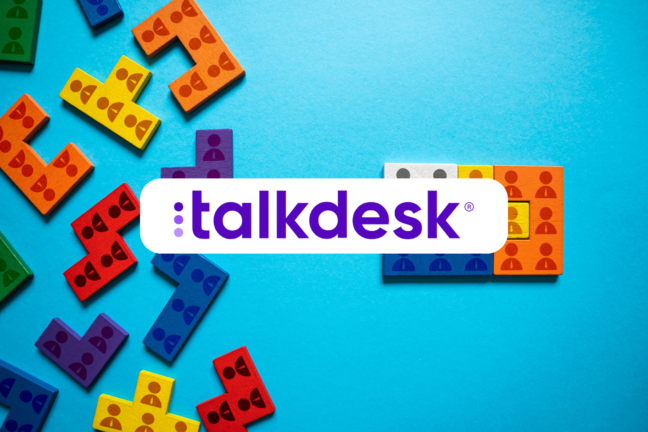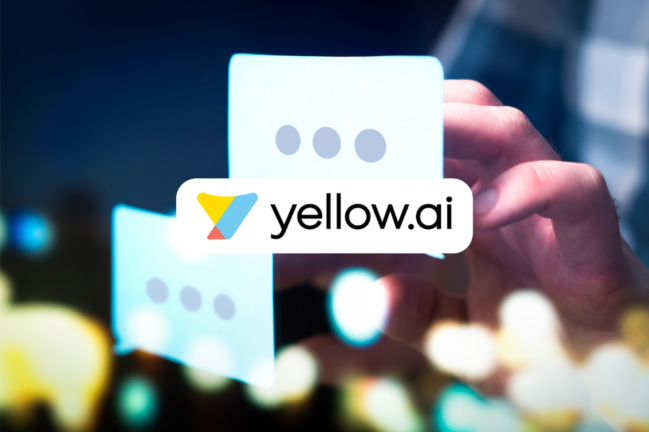Nonprofit organizations are increasingly using artificial intelligence (AI) to improve digital engagement and satisfy the changing demands of their stakeholders. As new technology reshapes the nonprofit sector, including healthcare, education, and government agencies, many organizations are using artificial intelligence (AI) to offer more personalized experiences, improve operational efficiency, and increase their impact.
The latest edition of Twilio's "State of Nonprofit Digital Engagement Report" digs into how organizations are adopting AI quicker than the private sector, employing these capabilities to better understand end-user needs, boost engagement, and foster trust.
According to the report, 90% of surveyed charitable, education, and healthcare organizations are already using AI for customer interaction, contact center management, and data analytics. Notably, nonprofits are incorporating AI into their Communication Platform as a Service (CPaaS) solutions at a greater rate than the business sector (58% vs. 47%). Moreover, 68% of nonprofits employ AI to evaluate end-user data, vs 64% of B2C enterprises. This data-driven strategy is considered critical by 87% of organizations for reaching, enrolling, and serving new customers effectively.

The survey also emphasizes the importance of personalization for nonprofits in 2024, with 71% of companies prioritizing individualized messaging to increase engagement.
AI role in different sectors
Nonprofit healthcare organizations are employing AI to enhance patient response times and satisfaction scores, with 50% reporting better patient experiences.
In addition, education NGOs are using AI to engage students through messaging platforms, with benefits including faster response times (47%), more data-driven decision-making (41%), and higher student retention (40%).
Nonprofits emphasize benefits such as improved decision-making (42%), faster reaction times (40%), and higher participant retention and satisfaction (38% each).
The transparency issue
Despite the extensive use of AI, a transparency gap persists. While 83% of organizations say they are open about their AI use, only 38% of end users agree. This divergence reflects a similar trend in the corporate sector, emphasizing the need for organizations to communicate more explicitly about how and why they use data.
To keep up with technology changes and meet end-user demands, NGOs are becoming a popular destination for developer talent. According to the survey, 88% of nonprofits aim to hire developers by 2024, with an average of six new hires per organization. Many NGOs are also looking for additional technical support from outside sources in order to better position themselves to achieve their objectives.









